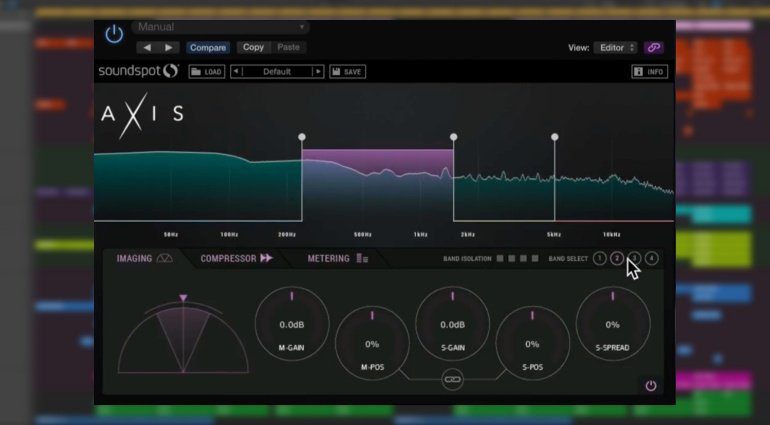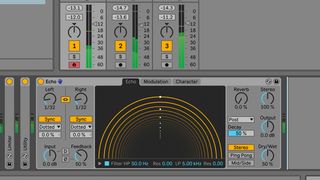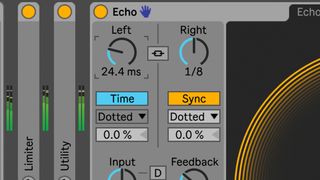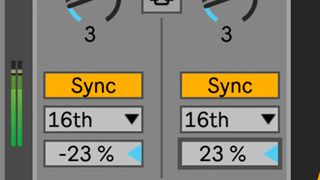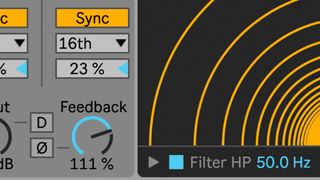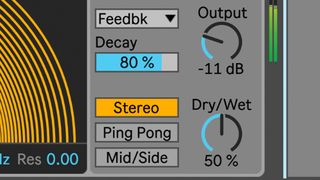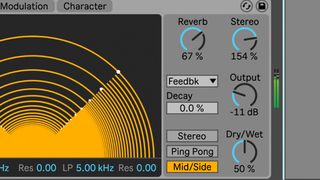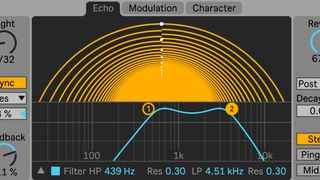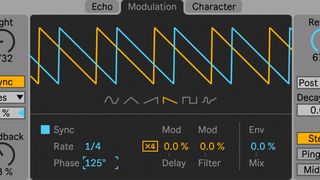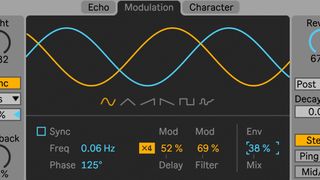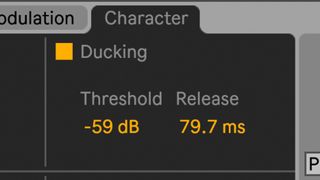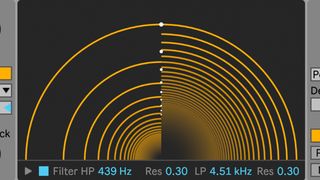
An incrediblely intuitive tool for not only learning scales and chords but how they work together. Beautifully designed and essential for anyone who is not versed in musical theory. The drag and drop feature which places the midi notes inside your DAW is fantastic as is the dragging of chord tiles from your selected scale into the arranger. One of a kind and probably the best and easiest out there, especially when compared to the likes of 'Instachord'.
Scaler is a unique and inspirational MIDI effect that makes finding chords and progressions intuitive and fun! With note detection, scale selection and chord suggestions, Scaler is a comprehensive but easy-to-use toolbox that will help anyone make better music.
A first of its kind, Scaler can determine what key and scale you’re in and suggest chords that match your music, or it can inspire a tune from scratch by providing a set of initial chords in an unexplored key. With the onboard bank of 1,728 scales and modes including genre and artist presets, there’s more than enough to keep the juices flowing.
Once you’ve determined a scale, Scaler lays out basic diatonic chords for you to audition, and lets you take things further with dozens of chord variations and voicings to try out. Theory buffs can also get an insight into each chord’s harmonic function.
Ready to put together a progression? Simply drag and drop chords into Scaler’s sequencer, change up octaves and inversions, and record or drag the progression into your DAW.
Benefits
•Discover your music’s key and explore alternative scales and chord sets
•Choose from hundreds of keys, and get the harmonic flavours of pro artists
•Easily audition chords and find alternative voicings and common substitutions
•Quickly build intelligent progressions by dragging chords into Scaler’s chord sequencer
•Drag chords and progressions from anywhere in the plugin out to your DAW
Detect
•Discover your track’s current scale with MIDI keyboard or piano roll note detection
•Get an insight into the emotional content of matching scales
•12 keys across 12 scales and modes giving you a total of 144 options to choose from
•12 unique voicing types giving you a potential 1,728 Scales and modes
•Over 50 artist chord sets from the likes of Carl Cox, MJ Cole, CeCe Rogers and Mike Huckaby
•Over 50 genre and mood-based chord sets such as Chill, Drum & Bass, Jazz, Soundtrack, EDM…
•Check how closely a given scale matches your detected input
Keyboard
•Keep an eye on notes and chords going through Scaler with real-time visual feedback
•Visualise the chosen scale as highlighted notes on Scaler’s piano keyboard
•Audition chords from your chosen scale with a choice of four sounds
•Play and record one-finger chords using Scaler’s Bind MIDI function
•Assign any VST / AU instrument to Scaler to control your favourite synths
Explore
•See the basic diatonic chords that can be built from your chosen scale
•Browse Chord Variations for each note to get suspended chords, extended chords, dominant sevenths and jazz chords
•Quickly get a sense of each chord’s harmonic function in progressions
•Discover chord substitutions that lend variety to your progressions
•Experiment with different chord voicings to spread notes across the keyboard
•Mix and match from hundreds of artist and genre-based chord sets
Build
•Drag and drop chords from your palette into Scaler’s Progression Builder
•Transpose and invert chords for even more voicing styles
•Audition your progressions and make changes with drag-and-drop
•Save your own chord sets to the preset bank for later use
•Export MIDI to your DAW simply by dragging and dropping
New Features in Version 1.2
•Humanise Velocities: the velocity of each note within chords is randomised to provide a more natural playing style.
•MIDI Export Length: select length of MIDI notes for export and drag and drop.
•Improved Progression Builder: Now handles up to 16 chords & chord progression is now played at DAW tempo.
•21 New ChordSets: Classical (8), K-Pop / J-Pop (6), Neo Soul (6)
•11 New Scales: Lydian augmented scale, Acoustic scale, Major locrian scale, Ukrainian dorian scale, Hungarian gipsy scale, Melodic minor scale (asc), Half-diminished scale, Phrygian dominant scale, Persian scale, Neapolitan major scale, Neapolitan minor scale

